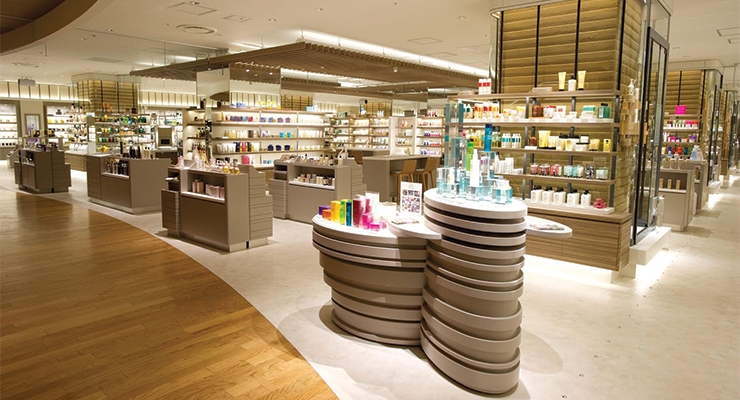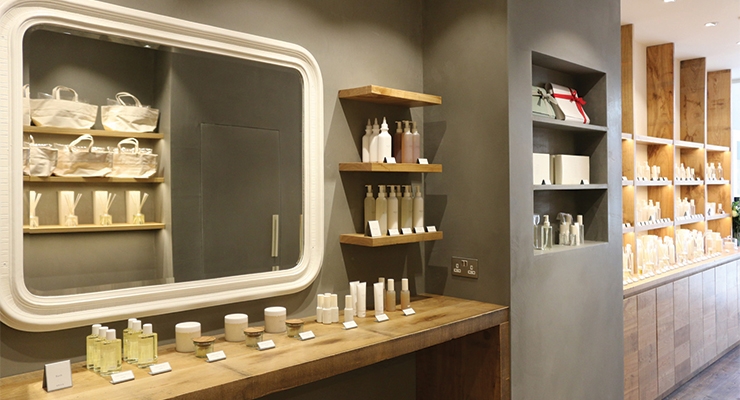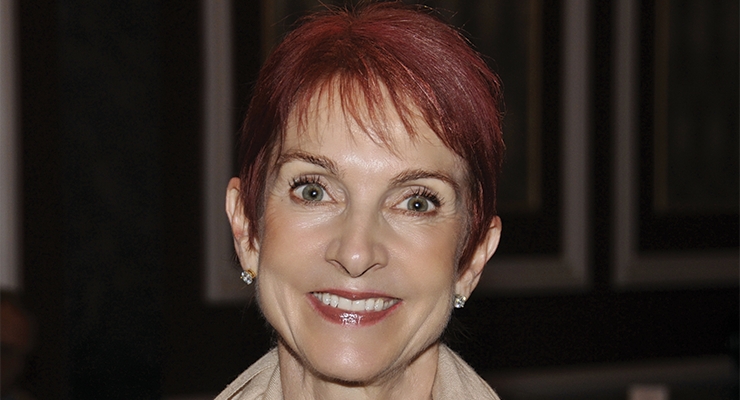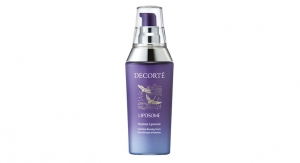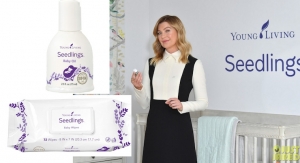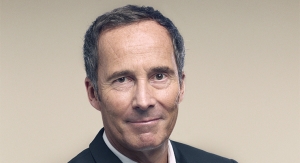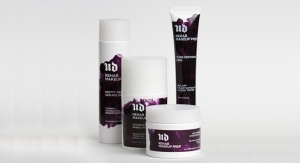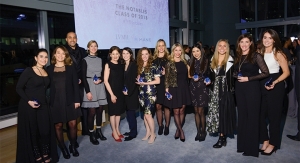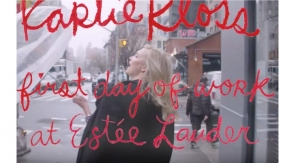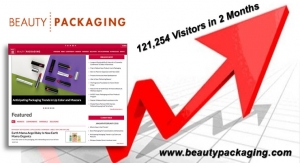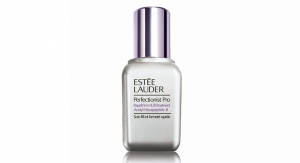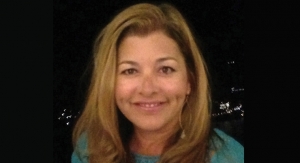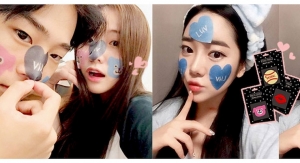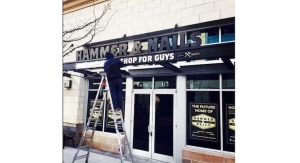Karen Young , CEO & founder of The Young Group04.30.18
Having been intrigued and fascinated (bordering on obsessed) in recent years by Korean beauty products and culture, a recent trip to Japan reminded me of why I have been forecasting an upswing and renewed interest in Japanese Beauty.
Where K-Beauty is focused on fast innovation, sensory rich, morphing textures, and whimsical, instagrammable packaging, J-Beauty’s concentration has been on ritual, quality, design and aesthetics, with fewer bells and whistles. Japan has long been dealing with an underperforming economy and an aging population, both of which contributed to their beauty industry falling under the radar.
There are many signs this is changing. Japanese beauty companies are spending, innovating and expanding. The Japanese beauty consumer, like her Western counterparts, is intrigued by natural, “clean” indie brands that communicate in a friendly voice. The industry is delivering: Isetan Shinjuku’s apothecary department is full of organic and natural, niche Japanese brands, focused on health, wellness and beauty. The space is stunning: calm, well-lit and staffed by knowledgeable, well trained salespeople. There are treatment rooms and presentation space, where outside speakers attract enthusiastic, but intimate audiences, to discuss various approaches to beauty and health.
Japan continues to have the highest per capita spend on beauty products. Despite brilliant innovations from South Korea, like cushion compacts—which revolutionized foundation—the Japanese approach of time-tested, high-quality products, gentle skincare and softer makeup will resurface. “Irritant-free” is said to be the primary focus for 2018. There will always be a hunger for fast changing trends and bright, shiny, new; but somehow, given the constant turmoil and ever-evolving new-normal of today’s head-spinning world, the calm voice of expertise with a well-established, well-grounded philosophy seems reassuring.
The summer Olympics will be held in Tokyo in 2020. This will shine a spotlight on the country and, no doubt, their highly evolved beauty culture.
The Japanese cosmetics market is the second largest in the world (behind the U.S.), estimated at $25 billion for 2017, +3%. It is the biggest skincare market globally.
Japanese beauty exports in 2017 reached $2.75 billion +17% (Japanese Cosmetic Industry Association).
Who can overlook the cult Japanese beauty classics that are part of every beauty junkie’s arsenal: SK-II masks, Clé de Peau concealers, Shu Uemura eyelash curlers and oil cleansers. They are all best in class, quality assured and time tested.
Of course I spent an afternoon on Takeshita-Dori, fascinated by the Harajuku girls decked out from baby doll to goth and everything in between, eating Unicorn cotton candy poofs as big as their heads. But what I bought was a collection of skincare products from a relatively new, niche Japanese line, Shiro, https://shiro-shiro.us (meaning white), based primarily on marine ingredients, elegantly packaged, sold by a young-ish woman with flawless skin. The brand just opened its first U.S. store in January in Soho in New York City.
While I will soon be replenishing my K-Beauty Too Cool For School cat compact fruity lip gloss, my prediction is that Japanese Beauty is on the upswing. BP
About the author:
Karen Young is CEO & founder of The Young Group. Before opening her company in 1999, she was VP of marketing, product development & advertising for Lancôme.
Prior to that, she spent 17 years at Estée Lauder, in executive marketing positions. Karen is an adjunct professor at FIT, teaching product development in the Master’s Degree program in Cosmetic & Fragrance Marketing and Management.

